Why is Skydiving So Expensive?
Tandem Skydiving
Posted by: James La Barrie
2 years ago
If you’ve ever thought about skydiving, the first glance at the skydiving price tag might make your heart skip a beat before you even jump out of an airplane!
While many jumpers will agree that the thrilling and life-changing adventure of skydiving is absolutely worth the cost, it’s normal to question why skydiving is so expensive. Our goal is not to distract you from the price tag of skydiving, but to offer some clarification in hopes that you can appreciate and understand that skydiving costs are indeed necessary and invaluable. Let’s begin!
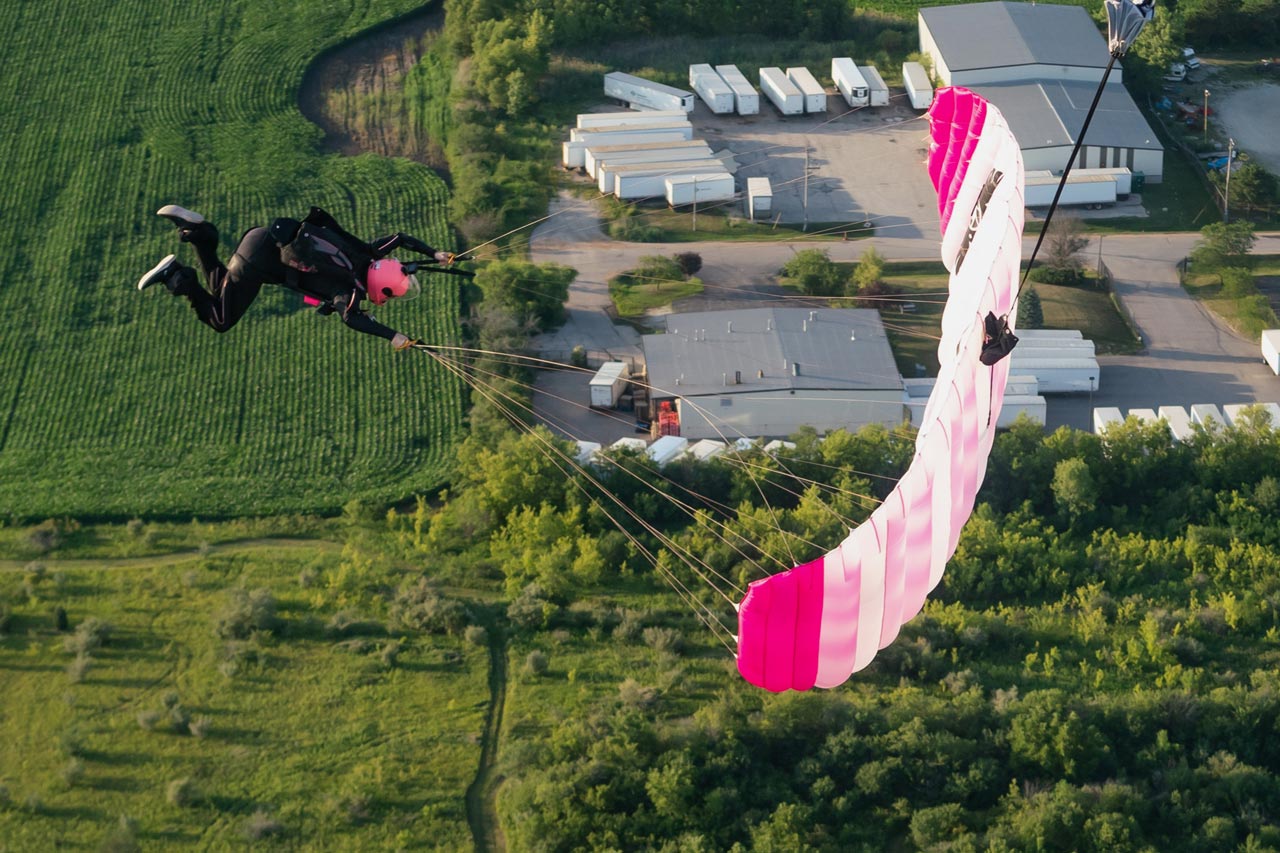
Is Skydiving an Expensive Sport?
We won’t lie, one of the disadvantages of skydiving is the cost of getting into our beautiful sport. Skydiving IS an expensive sport. A lot of the cost of skydiving is associated with prioritizing safety by only using quality equipment, meticulously maintaining aircraft, and engaging qualified professionals.
While the upfront skydiving price appears to be steep, in comparison to other extreme sports, the cost of skydiving is on par or even more reasonable for what all is included. The price tag on a skydive is not just for the jump itself, but also for everything that goes on behind the scenes and into the skydive. Here, we’ll explain…
How Much Does Skydiving Cost?
So, how much is skydiving? The average cost of a tandem skydive in the United States is anywhere between $250 and $300. When doing your research on different dropzones, be mindful of the price point – cheaper isn’t always better, especially when it comes to skydiving.
You definitely get what you pay for. You’ll want to choose a dropzone that values professionalism, safety, and customer satisfaction the most. If a dropzone offers cheap services, that could indicate cut corners in other areas of their business, such as proper equipment, regular aircraft maintenance, or unqualified instructors.
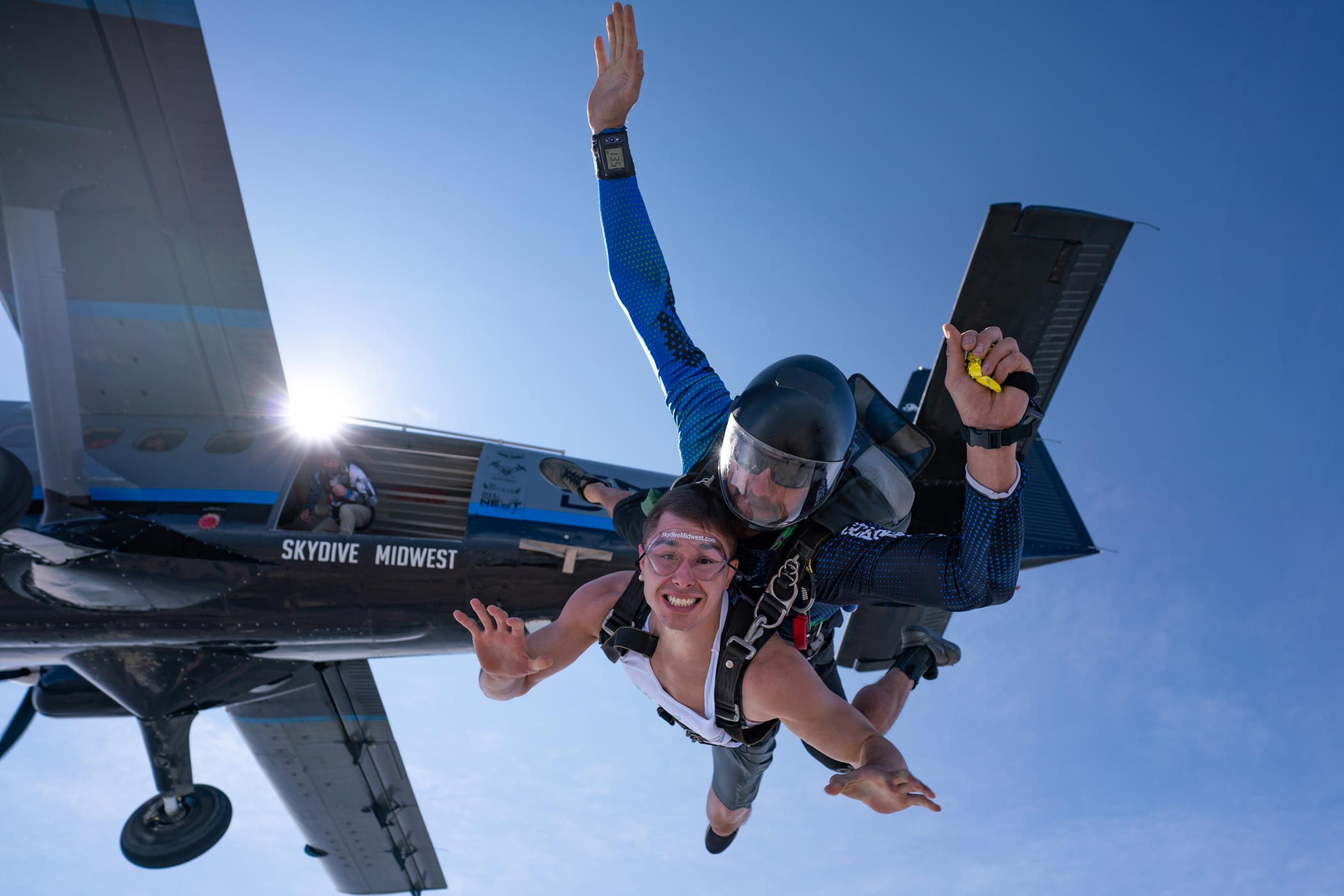
It is important that the dropzone you are jumping with is certified through a governing body, such as the United States Parachute Association (USPA), so you can be sure that the dropzone is required to uphold certain standards. Never, EVER skimp on safety!
The Costs of Running a Skydiving Dropzone
The cost of skydiving encompasses various elements, each playing a crucial role in promoting a safety-first culture and ensuring an enjoyable jump for everyone involved. Here are some of the most significant costs involved in skydiving:
1. Aircraft
If you’ve guessed that airplanes are expensive, you’ve guessed right! A large, shiny jump plane can cost more than a million dollars. And, of course, it will also need to be insured. Here are some other additional costs that come with owning a skydiving airplane:
- Maintenance: Regular maintenance and repairs for aircraft are costly. All aircraft follow a strict maintenance schedule, usually an inspection is required every 100 hours flown. Even if no repairs are needed, the inspection alone can cost more than $15,000. In the United States, every airplane part must be approved by the Federal Aviation Administration (FAA) and all of the work done must be performed by certified Aircraft Mechanics.
- Fuel: Fuel is one the most significant expenses in a skydiving operation due to rising costs. Turbine engines are fueled by JetA which is more costly than typical gasoline for your car. A twin engine aircraft can burn more than 30 gallons of fuel just by flying a single load of jumpers, which means you could end up burning 900 gallons of fuel in one day!
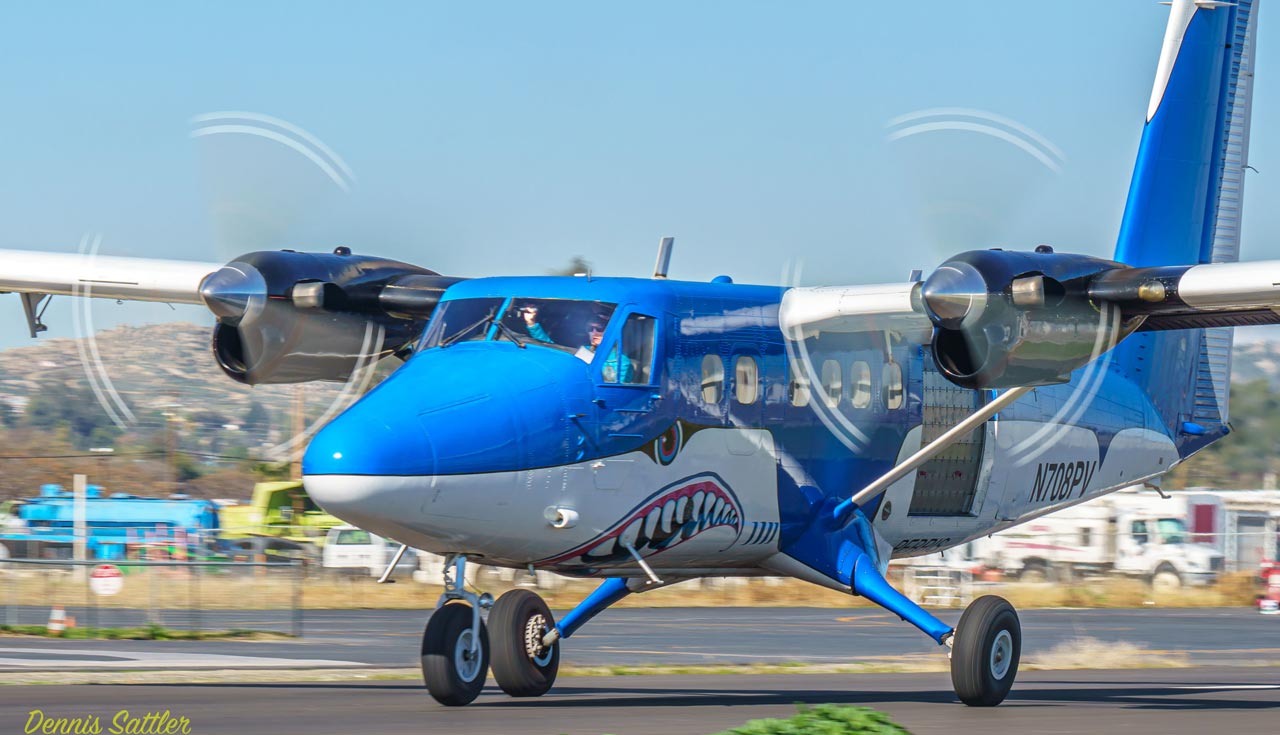
2. Equipment
Purchasing high-quality skydiving equipment is ever evolving and basically never-ending. It is the most important piece of the skydive; it’s literally the thing that saves your life! Skydiving gear prices have a large range depending on the brand and if you’re buying used or brand new, you could spend anywhere from $3,000 to $14,000 on a single set up. Also, in the United States, all equipment maintenance and repair must be performed by an FAA Certified Parachute Rigger.
Skydiving equipment includes (but is not limited to):
- Main Parachute
- Reserve Parachute
- Container
- AAD
- Altimeter
- Helmets
- Goggles
- Flight Suits
- Camera Equipment
- And More!!!
3. Professional Staff
Skydiving operations require a large crew to operate the dropzone efficiently and safely:
- Dropzone Owner (DZO), Dropzone Manager (DZM)
- Office Managers (HR, Accounting, Payroll, Marketing)
- Manifest (Customer Service, Operations)
- Safety & Training Advisors (S&TA)
- Instructors (Tandem, AFF)
- Videographers
- Parachute Packers
- Ground Crew
- Pilots
- Aircraft Mechanics
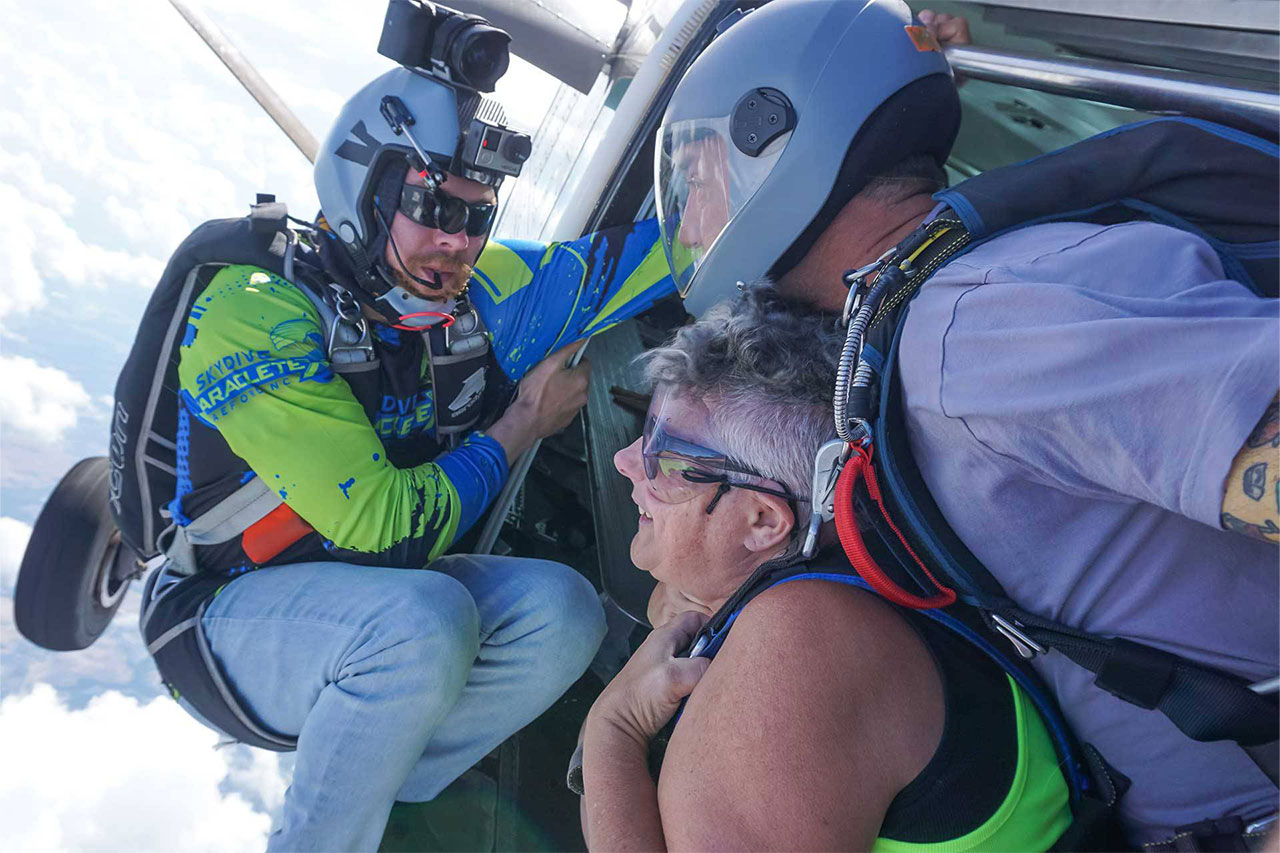
4. Top-notch Instructors
Whether you are a first-time tandem skydiver jumping with a certified tandem instructor, or a student learning the skills necessary to jump on your own, you’ll want to be sure the person in charge has the experience and qualifications necessary.
Instructors go through rigorous training in order to become certified instructors. For example, in order to be a tandem skydiving instructor in the United States, you would need at least 500 skydives, complete a tandem training course approved by the USPA, obtain a USPA D-License, have at least three years in the sport, secure an FAA Class III Medical, and obtain a USPA Coach Rating. Instructors invest a lot of money in training and education in order to become licensed in this life-saving occupation, so it’s important that they be compensated accordingly.
What All is Covered With My Purchase?
For a first time tandem skydive, your money covers more than just the jump. At the end of the day your payment covers, in part:
- Airplane ride to altitude
- Fuel costs associated with your seat AND your instructor’s seat on the airplane
- Tandem gear and maintenance
- Instructor compensation
- Videographer compensation
- Aircraft use and maintenance
- Overhead costs (utilities, ground crew and pilot payroll, training, supplies, etc.)
Tips for Saving Money
Take Advantage of Discounts
Most skydiving centers offer discounted rates for various reasons. Here are some examples of discounts you may see:
- Group Rates
- Specials (e.g. birthday discounts, same-day purchases)
- Student/Military Discounts
- Weekday or Early Bird Rates
Invest in a Skydiving License!
Consider investing in a skydiving license. Sure, you may pay more in the beginning but it will become more affordable in time. A jump ticket for a licensed skydiver only costs around $20 to $30 per jump, while a tandem skydive can cost upwards of $300! So, if you can’t seem to get enough of the sky scene, consider making it your hobby and save some bucks in the long run. Win-win!
The cost of skydiving is a reflection of our sport’s prioritization of safety, commitment to professionalism, and value placed on expertise. By understanding the factors that contribute to the cost and exploring money-saving tips, you can unlock the skies without breaking the bank and feel comfortable in knowing that it is all getting reimbursed through your world-class, breathtaking experience of a lifetime!
Have more questions? Contact your dropzone of choice for more information! Blue skies.
Categories:
You May Be Interested In:
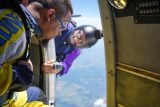
Preparing for a Skydive: Physical and Mental Fitness Tips
1 year ago by James La Barrie
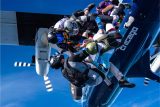
The Psychological Benefits of Skydiving: Overcoming Fear & Building Confidence
2 years ago by James La Barrie
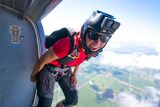
Tandem vs. Solo Skydiving: Which Experience is Right for You?
2 years ago by James La Barrie
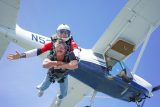
Skydiving Myths Debunked: Separating Fact From Fiction
2 years ago by James La Barrie
DZ Locator
Find a skydiving center near you.
